Growing rice is exhausting. It’s one of the most fickle crops you can grow. It takes constant nurturing and attention to get right and hopefully, in the end, you wind up with a prize-winning yield. That’s on one hand.
On the other, you have 2D action games. They’re fast, frenetic adrenaline rushes that reward you for pulling off the right moves at the right time.
What do you get when you bring both hands together? Sakuna: Of Rice and Ruin from Edelweiss and Xseed Games. It’s a daring twist that combines an intensely detailed farm-sim with a polished 2D action game to create a game that’s immersive, rewarding, surprisingly deep, and an absolute must-play.
Sakuna: Of Rice and Ruin Review — Grains of Glory
It makes for a unique sense of immersion: you’re growing alongside Sakuna, who’s growing as a person/deity alongside the rice.
Sakuna’s story starts off with an accident. A group of humans from the Lowly Realm somehow managed to arrive in the land of the gods, and in the process of apprehending the gods, Sakuna accidentally burns down divine empress Lady Kamuhitsuki’s rice stores. Oops.
As punishment, she and the humans are banished to Hinoe, an island formerly belonging to Sakuna’s mother, which also happens to be crawling with demons. If Sakuna wants to reclaim her place in the Lofty Realm, she must bring the island under divine control and replenish Lady Kamuhitsuki’s rice stores.
It’s a terrible punishment for the lazy Sakuna, and not because of the danger. As the daughter of the Lofty Realm’s preeminent warrior god, Sakuna doesn’t mind trouncing a few thousand demons. But growing rice? Ick.
Sakuna: Of Rice and Ruin is the only game I know that builds its core mechanics around being a lazy brat, and Edelweiss pulls it off so well.
Your first year’s gonna’ be rough. Sakuna’s mother is a harvest goddess, but Sakuna herself ignored that part of her godly responsibilities. So you get no guidance for any stage of the rice-growing process. What she doesn’t know, you don’t know.
How should you control the water level? At random! Why is temperature important? I don’t know! Brown rice or white rice? *Screams internally*
That sums up the first growing cycle pretty well. But the more you work at it, the more skills Sakuna develops to fine-tune rice growing. You’ll eventually have the tools and know-how to plant a balanced field, manage pests, and control the quality to produce the kind of rice and yield that meets your needs.
It makes for a unique sense of immersion: you’re growing alongside Sakuna, who’s growing as a person/deity alongside the rice.
That’s the ideal way to play the game, but you don’t technically have to learn any of it. In keeping with her nature and station, Sakuna can delegate almost every agricultural task to someone else.
But there’s a price to pay. Sakuna won’t learn some key skills without getting her hands dirty, and the rice quality is always lower if she delegates tasks. That’s a bad thing because rice quality is key to making everything work in the game.
Saying Sakuna draws strength from rice isn’t just an abstract note from the game’s mythology. It literally controls her growth. Sakuna breaks rice quality into five main categories. These are each connected to one of Sakuna’s core stats (e.g. Hardness correlates with Vitality, and her overall strength gets decided by some math hoodoo of adding and averaging certain qualities).
Unlike other farm sim games, I felt attached to the field and its produce in Sakuna.
Fertilizer becomes your best friend quickly, and it’s one of the best ways to encourage growth in specific areas. There are other methods, but those are more complex and don’t come into play until later in the game.
It’s not always a case of “cram everything into every batch of fertilizer.” You can only use so many ingredients in each batch of fertilizer, and some qualities take precedence over others depending on where you are in the game.
Sakuna relies on you wanting to learn more and do better, which, presumably, is what you would want if you’re playing the game. This hands-off approach to learning the game’s ropes might not be a hit with everyone, but it’s such a tremendous payoff if you do put the time in.
Unlike other farm sim games, I felt attached to the field and its produce in Sakuna. The care I put into the field, going from bumbler to fledgling rice scientist, made me feel a sense of pride and accomplishment that’s just not possible in other games in the genre.
That’s not to say I perfected rice growing, and I don’t even think that’s possible. Too many variables, from temperature to unseen weed damage, mean there’s always something that went wrong or something you could have done better.
It’s a lot like real farming in that sense, only without the danger of starvation and destitution.
Fortunately, Sakuna doesn’t punish the odd mishap too harshly, which is good since some things like weed damage feel out of your control most of the time. As long as you’re putting in some effort, you’ll (*ahem*) reap the rewards.
And it feels so good when that does happen, when you bring in a new rice harvest and the power boost means you can suddenly steam through a tough boss to open new areas.
With that in mind, Sakuna doesn’t skimp on exploration or combat. This marriage of two disparate game styles, where what you do in one of the game’s halves feeds back into the other, is one of Sakuna’s strongest and most impressive features. And the fighting is the most fun I’ve had with a 2D action game in forever.
You get two weapons, a one-handed weapon (for fast attacks) and a two-handed one (for strong attacks). These weapons have specific attack types you swap between to exploit enemy weaknesses, and Sakuna also uses her Divine Raiment for magic-based attacks. There’s also an RPG element with equipment upgrades and customization.
However you customize your loadout, fighting in Sakuna just feels good.
Kinta makes new weapons from the materials you gather, and Yui weaves new garments. While added weapon attack power is always a bonus, it’s the extra benefits imbued into these weapons that often make a world of difference. Every piece of equipment comes with at least one special skill, like extra health or reduced damage from water attacks.
Stronger items have spare slots to which you can add new skills, including ones that change weapon attributes, gained from finding Spirit Boughs. While there are admittedly more of these benefits than you ever need to use in the game, the system adds a welcome layer of depth and customization to Sakuna’s combat.
However you customize your loadout, fighting in Sakuna just feels good. Weapon skills and basic attacks work together seamlessly to create a maelstrom of flying demons you send crashing into each other.
The Raiment is a crucial battle tool and lets you evade attacks and re-position for a better advantage, all while doubling as a magic weapon itself.
It gives combat an element of choreography where you dance around enemies, execute skill chains, pull off debuffs, evade, parry, and attack again in a fluid series of actions that never gets stale.
It’s not always easy, though, at least not on the game’s default difficulty. Even without the hard-hitting enemies, it’s easy to get overwhelmed by groups of regular demons. It keeps you on your toes and, since the demons get progressively stronger in each new area, makes up for the lack of enemy designs.
Each main area on the island is broken into four or so smaller locations to explore. These have a handful of exploration objectives to meet, such as defeating enemies a certain way or finding a specific treasure.
Clearing these objectives raises your exploration level and unlocks new areas or pushes the story forward. Some of the objectives are a bit grindy, but there are so many to fulfill, you rarely find yourself stalled trying to raise your exploration level.
The areas themselves benefit from being small and focused in design. You revisit some of them a fair few times, to hunt for food and fertilizer ingredients or find material for gear, and not having to spend much time finding what you need is a significant boon.
Having said all of this, one of Sakuna’s best features is its quietest one: mealtimes.
It helps that Sakuna is stunningly beautiful. The stages themselves might be fairly basic, but the backdrops and the farm at the pass are pure eye candy. Handheld mode on the Switch version isn’t quite as striking as docked mode — or maybe it’s just because it looks better on a bigger screen — but it still looks amazing either way.
All this sounds like a lot to take in at once. However, you quickly fall into a routine that lets you accomplish everything you need to, balancing quick bouts of exploring with field maintenance.
Having said all of this, one of Sakuna’s best features is its quietest one: mealtimes.
Your end-of-day meal is an indispensable part of the game in big ways and small. It’s connected to the story, through conversations framing what’s happening in the story at the time. Other stories are less story-relevant, but no less important since they’re ways for the Hinoe group, and you, to understand each other better.
Everyone on the island comes from a different background (for reasons I won’t spoil) which often leads to disagreements. It never spills over into anger. It couldn’t, since they have to rely on each other to survive. Instead, it ends up being a vehicle for exploring different viewpoints and quietly expanding everyone’s horizons. It’s not surprising religion often features in these conversations. It is a game about a goddess after all.
Along with being a storytelling device, meals serve a practical purpose by boosting Sakuna for the next day for as long as she remains full. Like with rice farming, it’s less than impressive at the start.
Yet what starts off as a depressing meal of shoe leather meat and water gradually transforms into a multi-course feast where you stuff both your stomach and your stats. Sometimes, the key to powering through a tough spot is just picking out the right menu.
It’s yet another reward for all your hard work with the rice, which naturally forms the basis for most of these meals and another way Sakuna seamlessly blends its gameplay.
What is surprising is how Sakuna deals with the themes it raises, pushing beyond the black-and-white, poking at the grey areas, and gently showing how everyone’s more complex than you might first think.
These moments, and the entire game really, owe a debt of gratitude to Sakuna’s fantastic localization, with writing that’s easily some of the year’s best. The voiced segments are first-rate as well, and Laura Post’s work as Sakuna absolutely deserves a nomination or official recognition of some kind.
Sakuna: Of Rice and Ruin Review — The Bottom Line
Pros
- Solid plot, with touching character stories, unexpected twists, and a fun riff on mythology
- Incredibly detailed and rewarding farm system
- Fluid, addictive combat
- Beautiful, beautiful art design
- Sublime soundtrack
- Fantastic writing and voice work
- Seamless and innovative genre-bending
Cons
- Vague, hands-off approach might turn some people off
- Not a lot of enemy design variety
- Starting a few of the character events seems a bit too random
Sakuna: Of Rice and Ruin is a fantastic blend of genres. Far from skimping on one part or another, Sakuna pays lavish attention to both of its halves and adds a group of endearing, solidly realized characters on top.
It might ask you to take it on its own terms from time to time, but that’s a small price to pay when the experience is this rewarding and unique.
[Note: Xseed Games provided the copy of Sakuna: Of Rice and Ruin used for this review.]

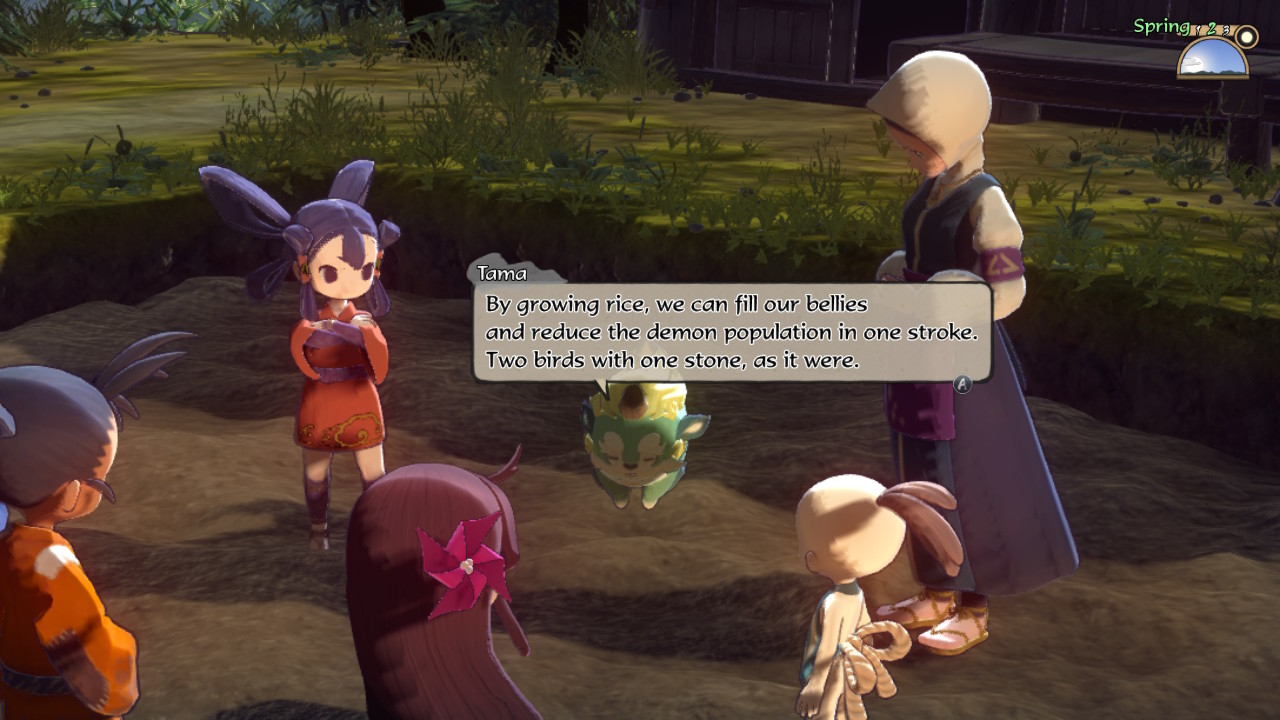
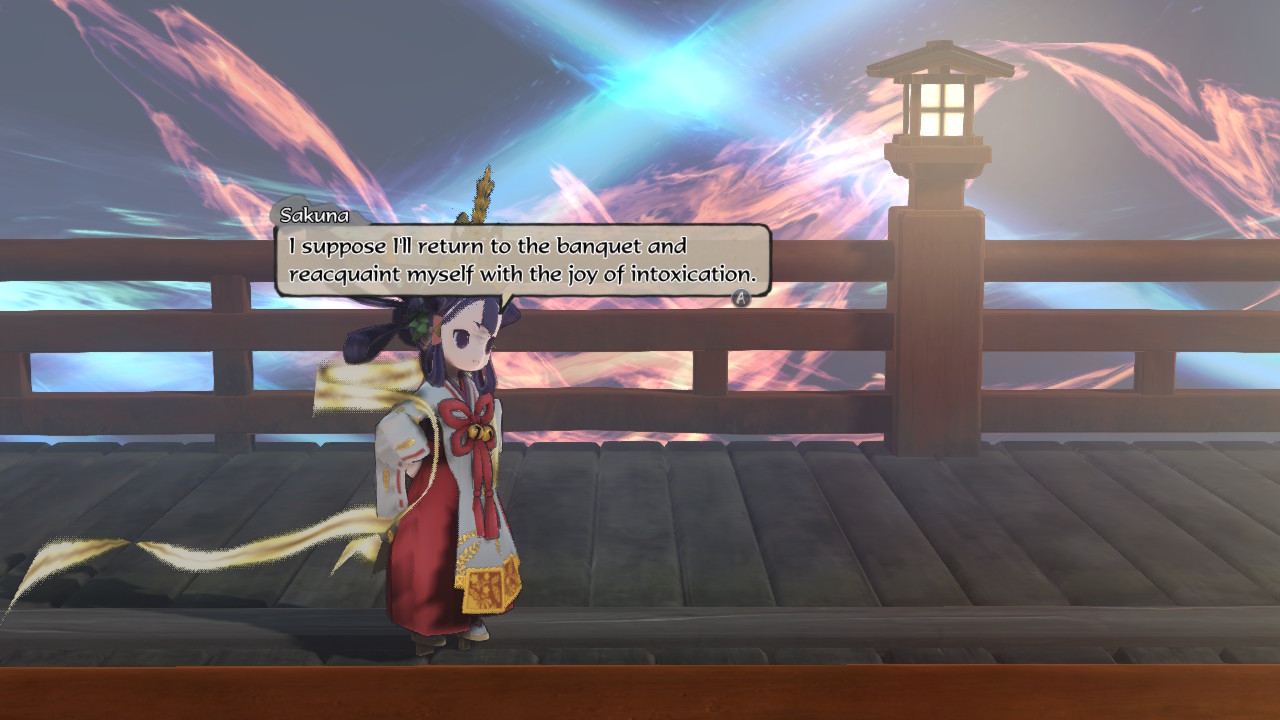
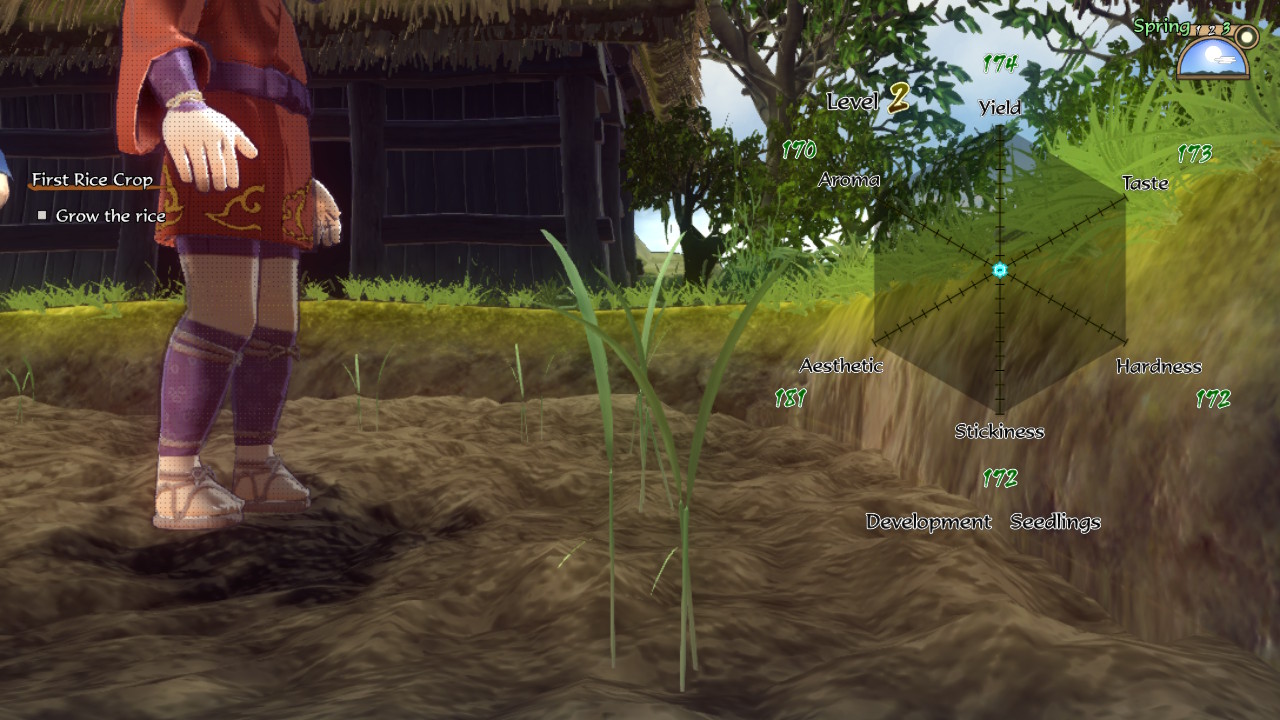
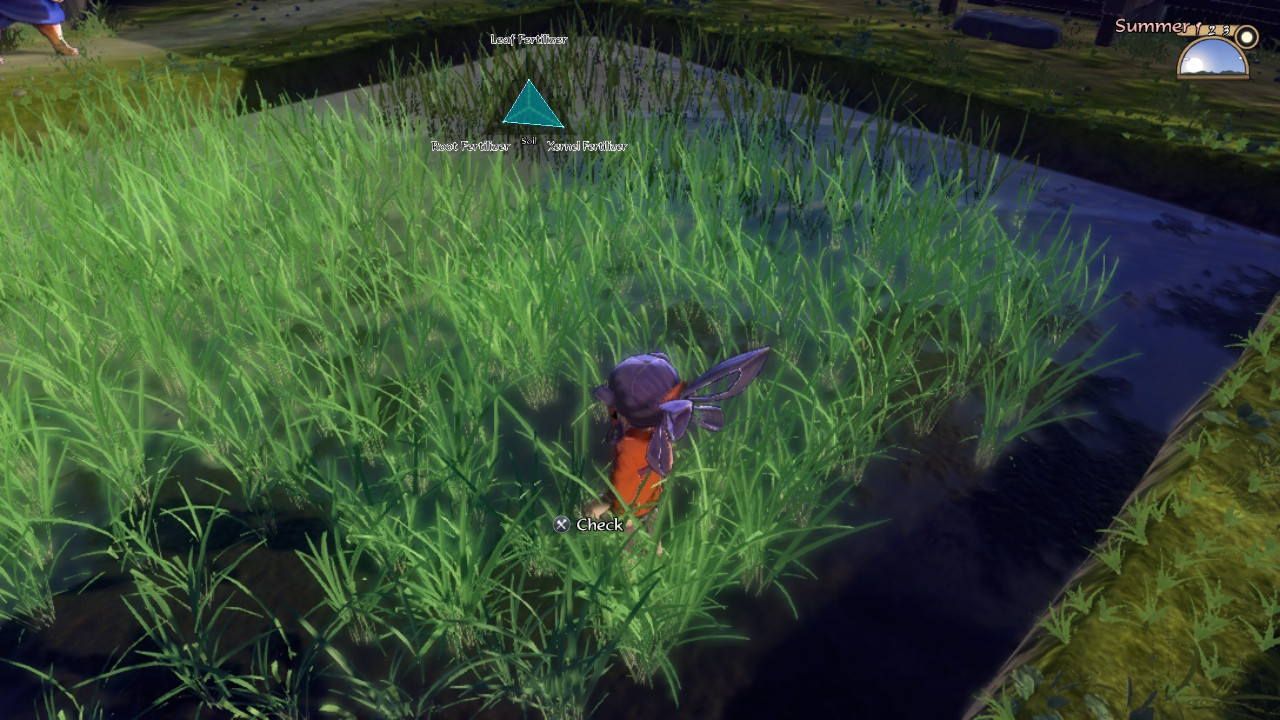
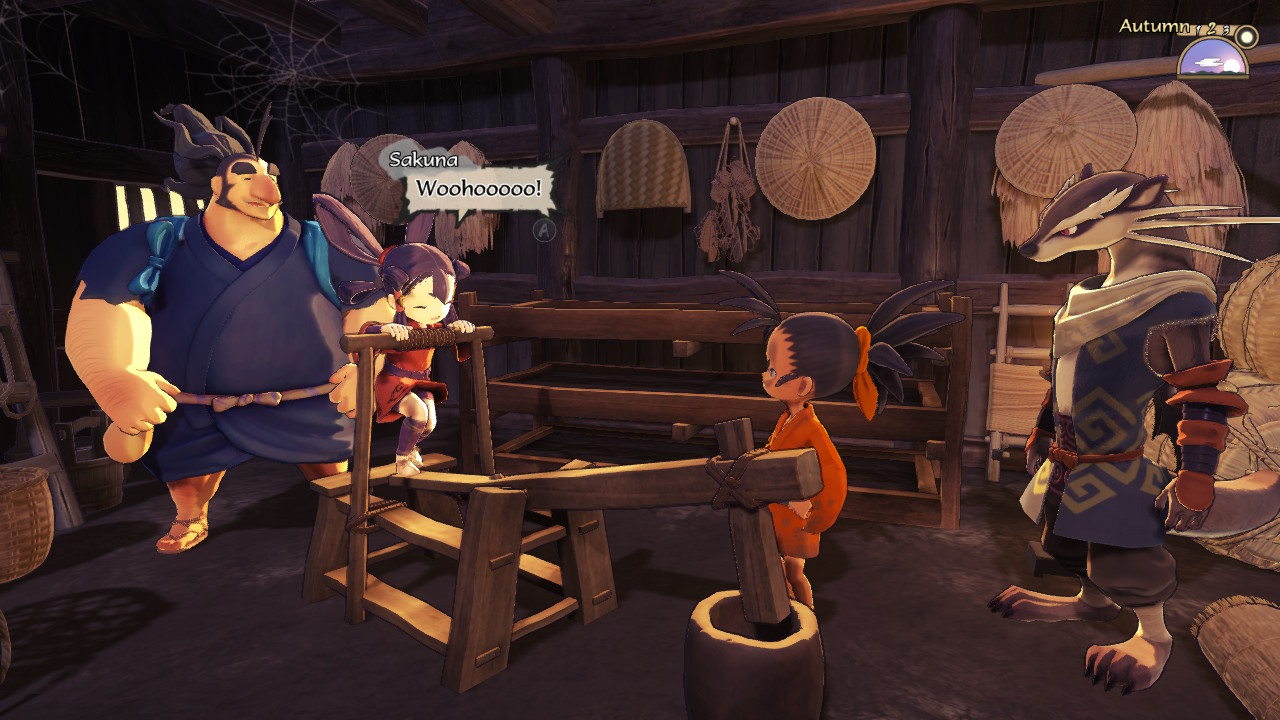
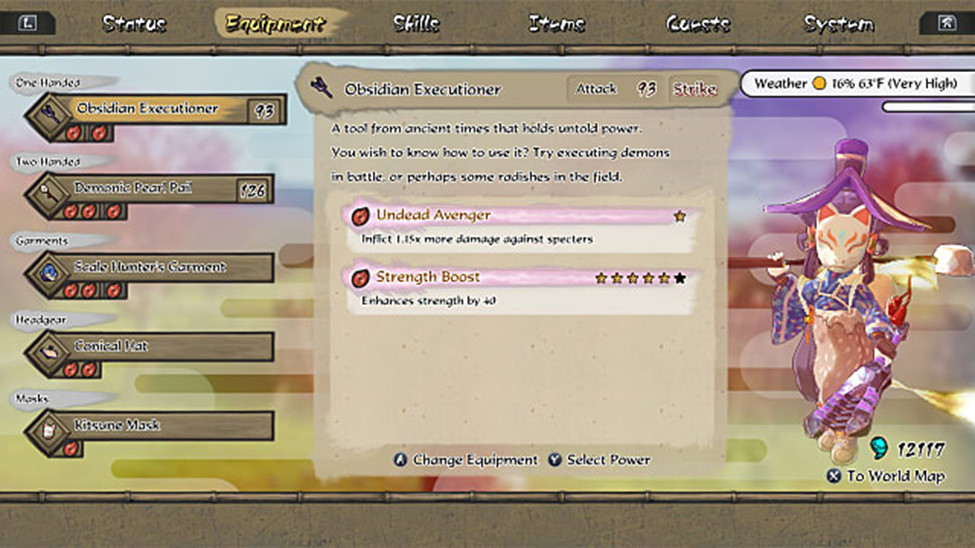
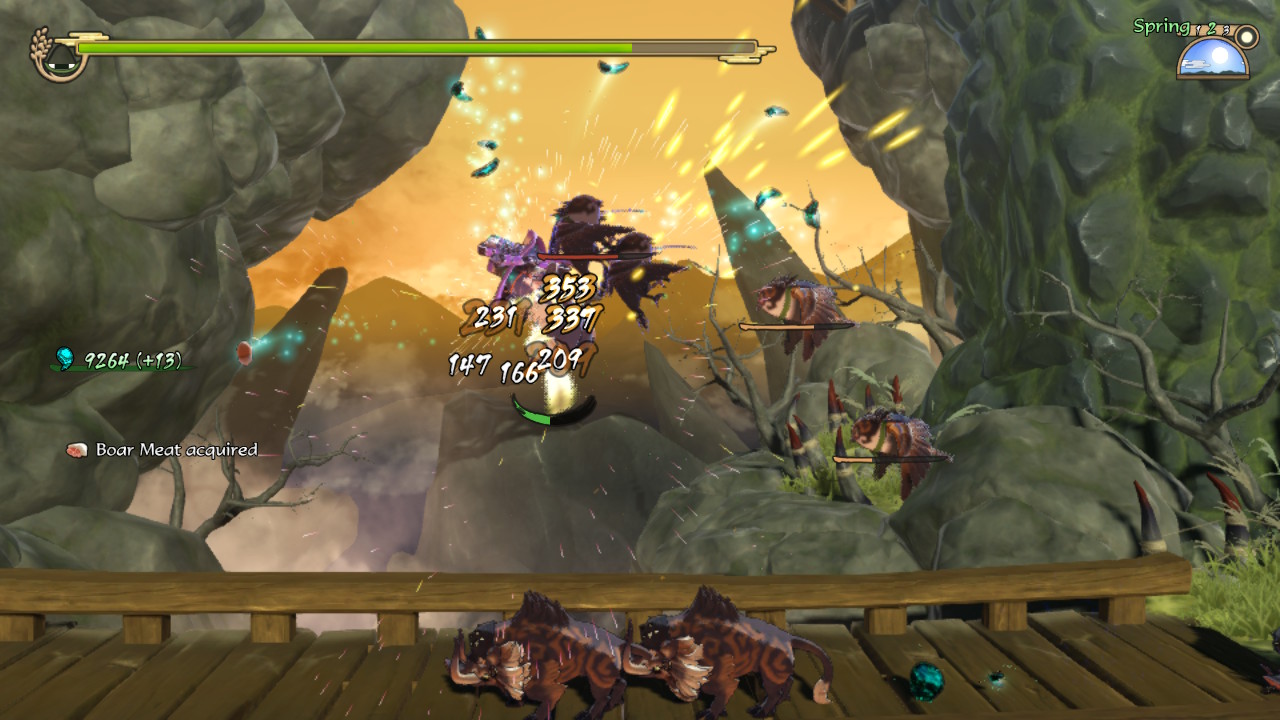
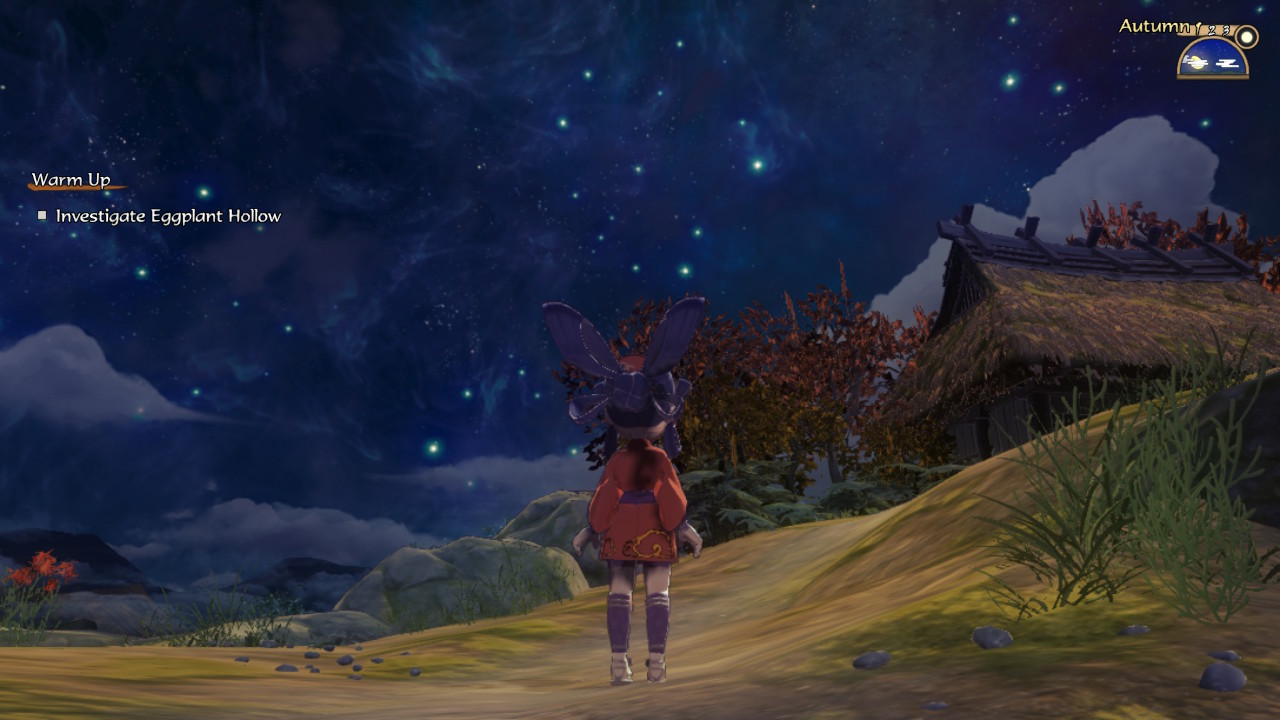
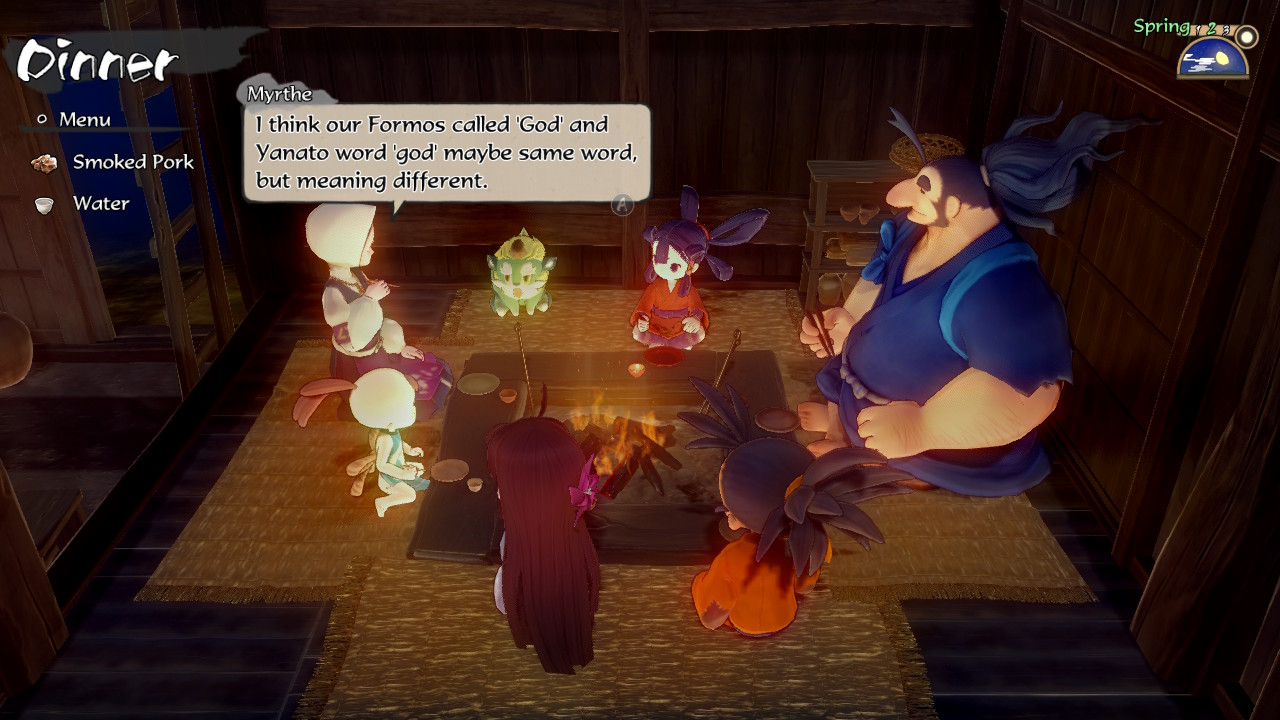
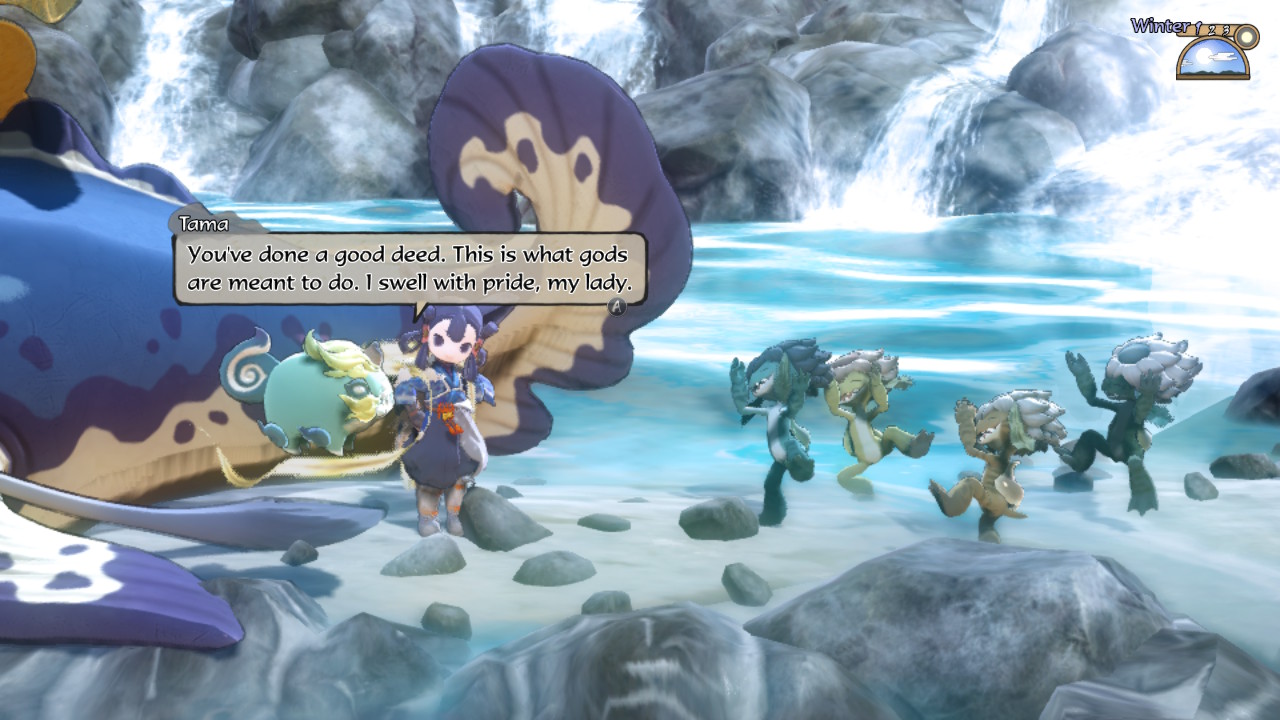








Published: Nov 8, 2020 10:42 pm